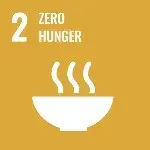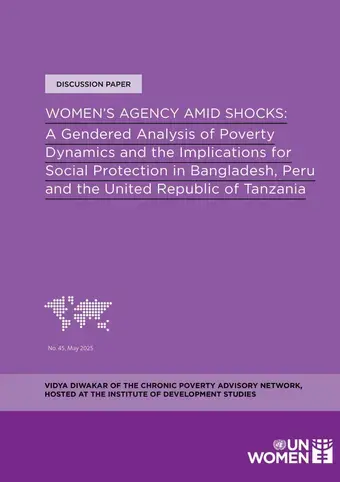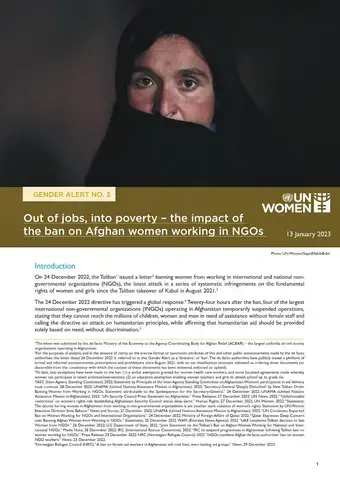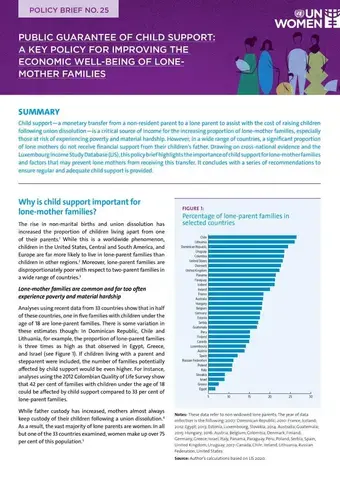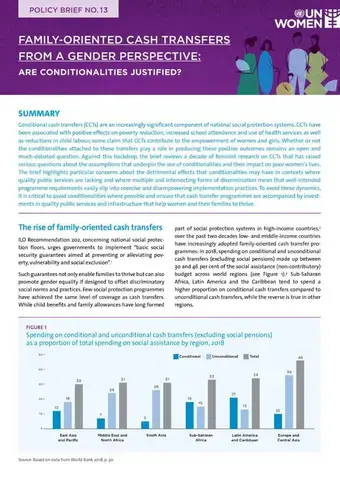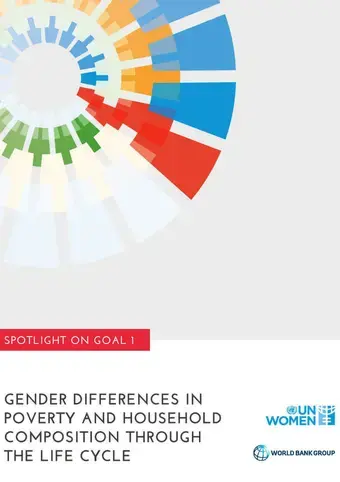SDG 1 – No poverty
The crisis of poverty among women and girls persists; bold action could resolve it.
Globally, 9.2 per cent of women and girls live in extreme poverty (376 million), compared to 8.6 per cent of men and boys (355 million). Female extreme poverty has hovered at nearly 10 per cent since 2020 and if current trends persist, 8.2 per cent of women could still live on less than $2.15 a day by 2030 (351 million). Most will reside in sub-Saharan Africa (233 million) and Central and Southern Asia (61 million). These figures, however, likely underestimate the scale of the crisis. Evidence from Mexico shows that female poverty estimates, based on the national poverty line, can be as high as 58.4 per cent when accounting for unequal control over resources in partnered households.
More than 351 million
women and girls could still live in extreme poverty by 2030.
The world stands at a critical juncture. Ending poverty for women and girls is feasible – but only with bold, sustained investments in gender-responsive social protection, quality public services and the care economy. These are core pillars of the Beijing+30 Action Agenda. Essential priorities include accessible healthcare, girls’ education and lower unpaid care work burdens. Comprehensive, accelerated action to fast track an SDG agenda for social protection, the green economy, education, labour markets, innovation and effective governance could cut global female extreme poverty from 9.2 per cent in 2025 to 2.7 per cent in 2050 (376 million to 128 million). Rates could fall dramatically in sub-Saharan Africa, from 35.1 per cent in 2025 to 8.7 per cent in 2050, and in Oceania (excluding Australia and New Zealand), from 26.1 per cent to 4.6 per cent over the same period.
Female extreme poverty rate based on the $2.15 international poverty line, by region and scenario, 2020–2050 projections (percentage)
